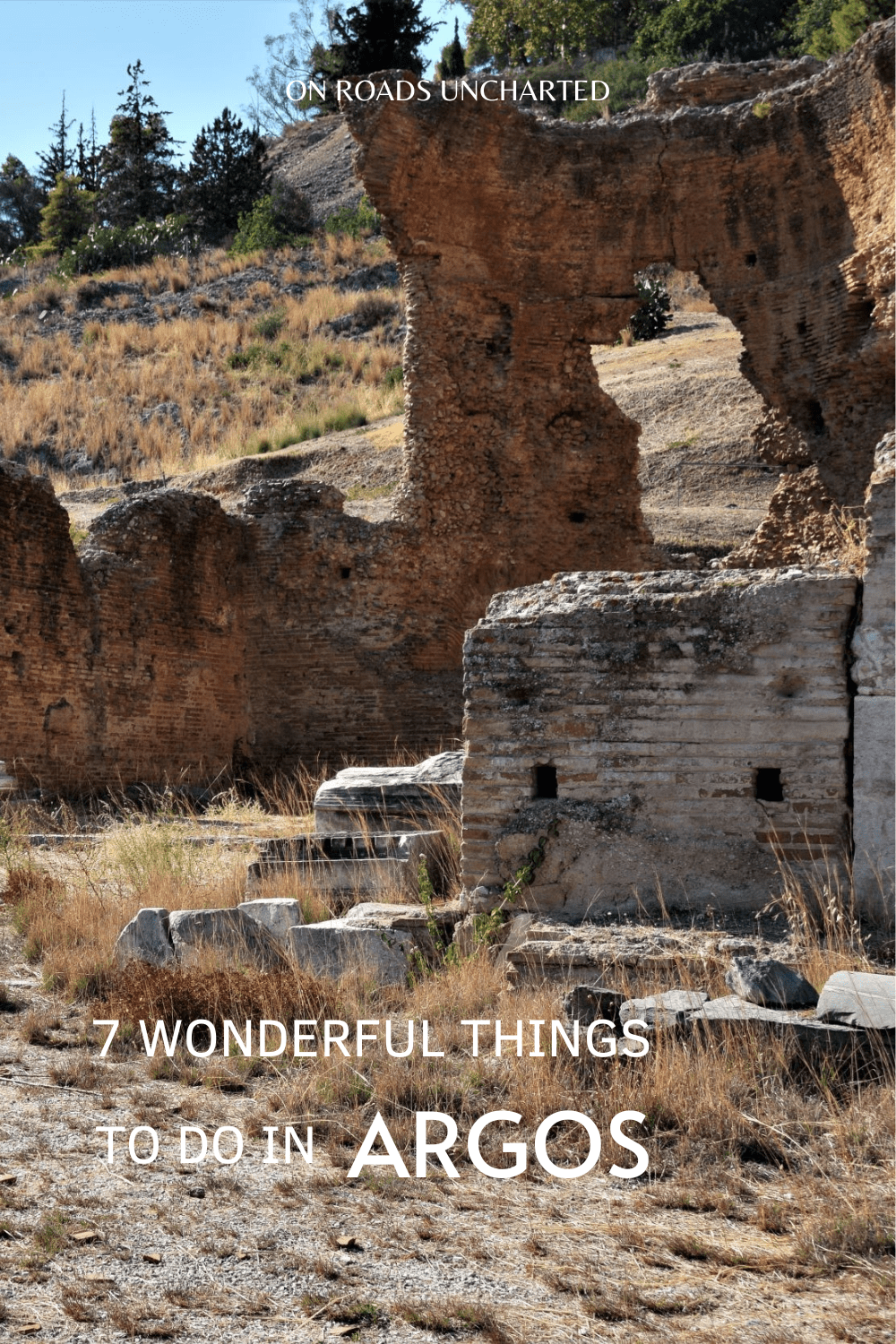Despite her historic prevalence on the Peloponnese, Argos leads a quite unremarkable existence. While it is undeniable that the town lacks the romantic flair, the culinary depth, or the wonderful beach front other Greek cities can boast, a surprising plethora of ancient vestiges scattered around the surrounding Argolis region create a very intriguing travel destination off the beaten backpacker-circuit.
Overshadowed by the perennial allure of the Aegean islands, the cultural gravitas of Athens, or the countries more recent touristic poster child Meteora, few travellers find themselves en route to Argos.
And yet, the town lays on a fascinating history covering a whooping seven thousand years, reaching back to the very beginnings of Greek civilization. From the mythical Mycenaeans, to marauding Crusader armies, and the dazzling heritage of Byzantium, many a people has left their mark on this overlooked corner of Hellas.
Argos’ glory days as a Hellenic, as well as Roman centre of culture and commerce have certainly passed, nevertheless, her eclectic mix of historical sites create a fascinating destination eager to be discovered.
Thus, without further ado, here are six wonderful reasons why you should add Argos to your next Greek itinerary!
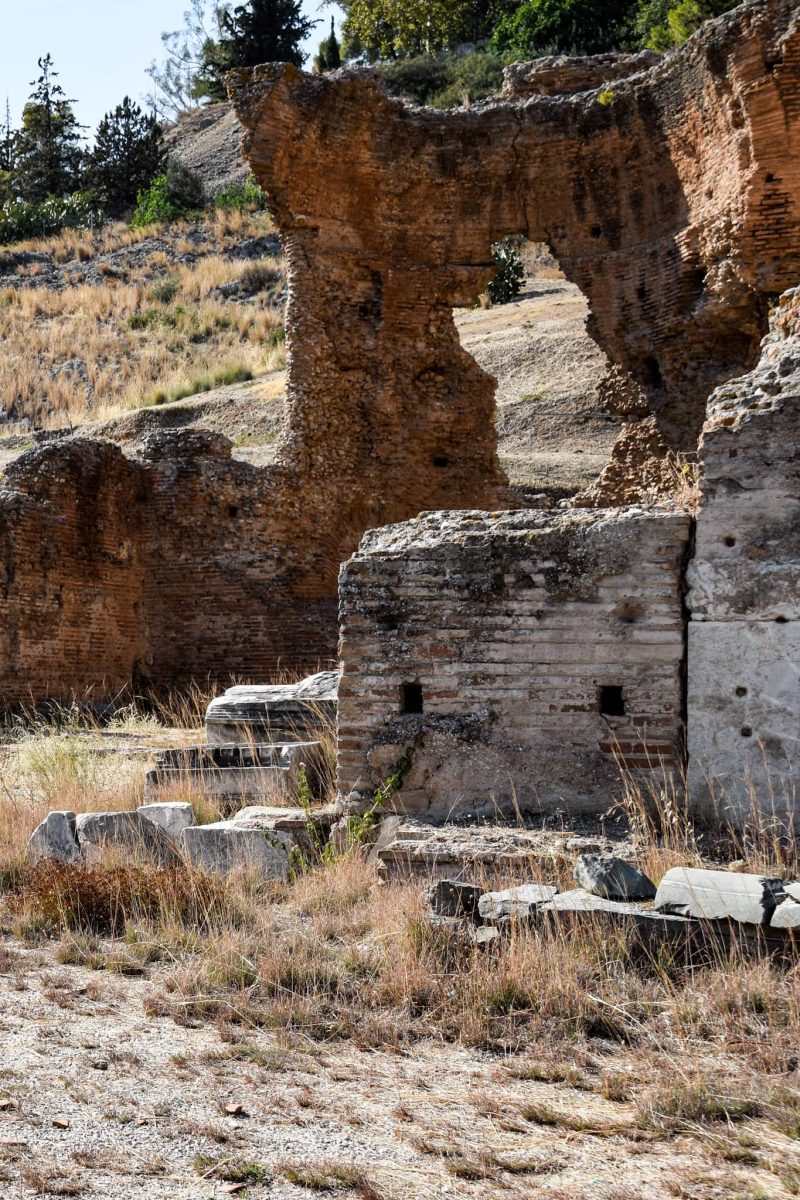
WHAT TO DO IN AND AROUND ARGOS
For the latest prizes and opening hours of tourist sites and museums in and around Argos, check the official website of the Argolis region.
TRAVEL BACK TO ANTIQUITY
Remnants spanning the periods of Argos’ storied past can be found all over the city. Most sites visible today stem from classic Antiquity, however.
The immense theatre of Argos, hewn into the side of Larissa hill in 320 BCE, stands out as the most impressive of these ancient structures. During its heyday, more than 20.000 spectators would have converged on its smooth steps to lend their ears to the pervasive voice of masked actors, crowning it the largest theatre in the Hellenic world!
The theatre was later expanded upon multiple times, acquiring a Roman style façade, a circular orchestra (one of only two in existence), and even a pool for water sports. It was also used as the arena for the Nemean Games, held every two years as part of the Panhellenic Games and in honour of the Greek Allfather Zeus. By the 5th or 6th century, performances started to cease, however, and the site began to overgrow but remained visible throughout the centuries.
Other noteworthy excavations include the Roman baths, the ruins of an odeon (comparable to a theatre but sheltered and used for instrumental and chanting performances), a sanctuary dedicated to Aphrodite, as well as the remains of the Roman agora.
All of these sites can be found in close proximity to the theatre.
Opening hours | 8:30-15:30
Entrance fee | General admission: 2€*/3€ | EU citizens 25 and under/non EU children 5 and under: free | Seniors/non EU citizens 6-25: 2€
Free admission days | 6 March | 18 April | 18 May | 28 October | last weekend of September | first Sunday of every month from 1 November till 31 March
Closed | 1 January | 25 March | Orthodox Easter Sunday | 1 May | 25/26 December
*reduced price Nov-Mar

DID YOU KNOW THAT ARGOS IS THE OLDEST CONTINUOUSLY INHABITED CITY IN EUROPE?
Archaeological findings suggest that the area around Aspida Hill was first settled around 5000 BCE, a whooping 2500 years before the Egyptians erected the Great Pyramid of Giza!
Even though Argos was reduced to village size numerous times throughout her tumultuous history, a permanent human presence has been confirmed, crowning Argos as THE oldest continuously inhabited city in Europe, as well as one of the oldest continuously inhabited places on Earth.
COME TO KNOW THE BYZANTINES
Although the Peloponnese was at the heartland of Byzantine culture and the last bastion of the dying giant before its inevitable annexation into the Ottoman Empire, for decades she lacked a museum dedicated to this most critical period in the region’s history.
This changed in 2017, when the Byzantine Museum of Argos finally opened its doors to the public. Housed in a former cavalry barrack, named after Greece’s first president Ioannis Kapodistrias, the museum serves as a wonderful introduction into the peninsula’s Byzantine past, the emergence of Christendom and its tremendous consequences on Roman society, as well as the socio-economic structures and every-day rule under the Eastern Roman emperors.
Opening hours | 8:30-15:30
Entrance fee | General admission: 2€*/4€ | EU citizens 25 and under/non EU children 5 and under: free | Seniors/non EU citizens 6-25: 2€
Free admission days | March 6 | April 18 | May 18 | October 28 | last weekend of September | first Sunday of every month from November 1 till March 31
Closed | January 1 | March 25 | Orthodox Easter Sunday | May 1 | December 25-26. | on Tuesdays
*reduced price Nov-Mar
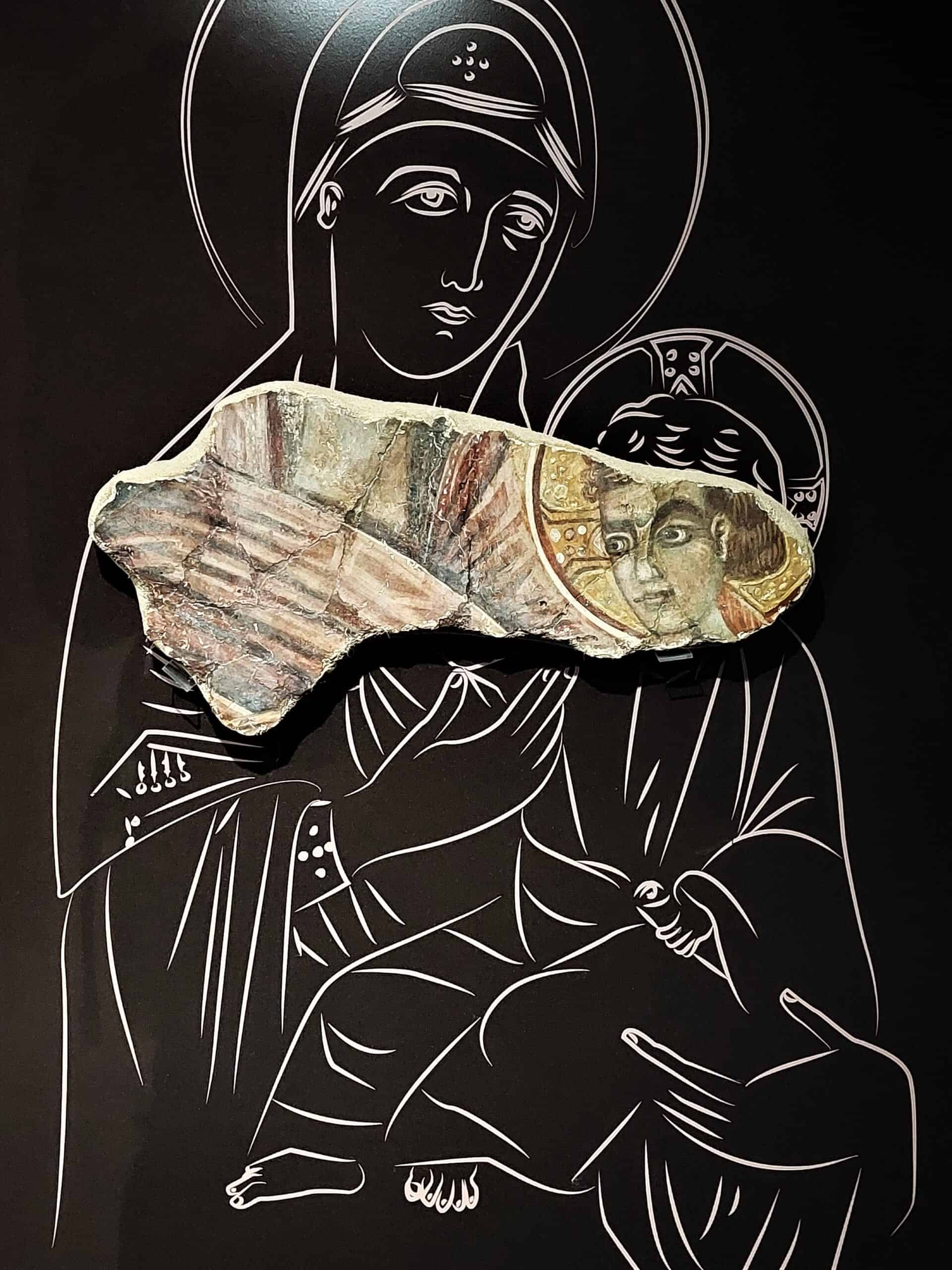
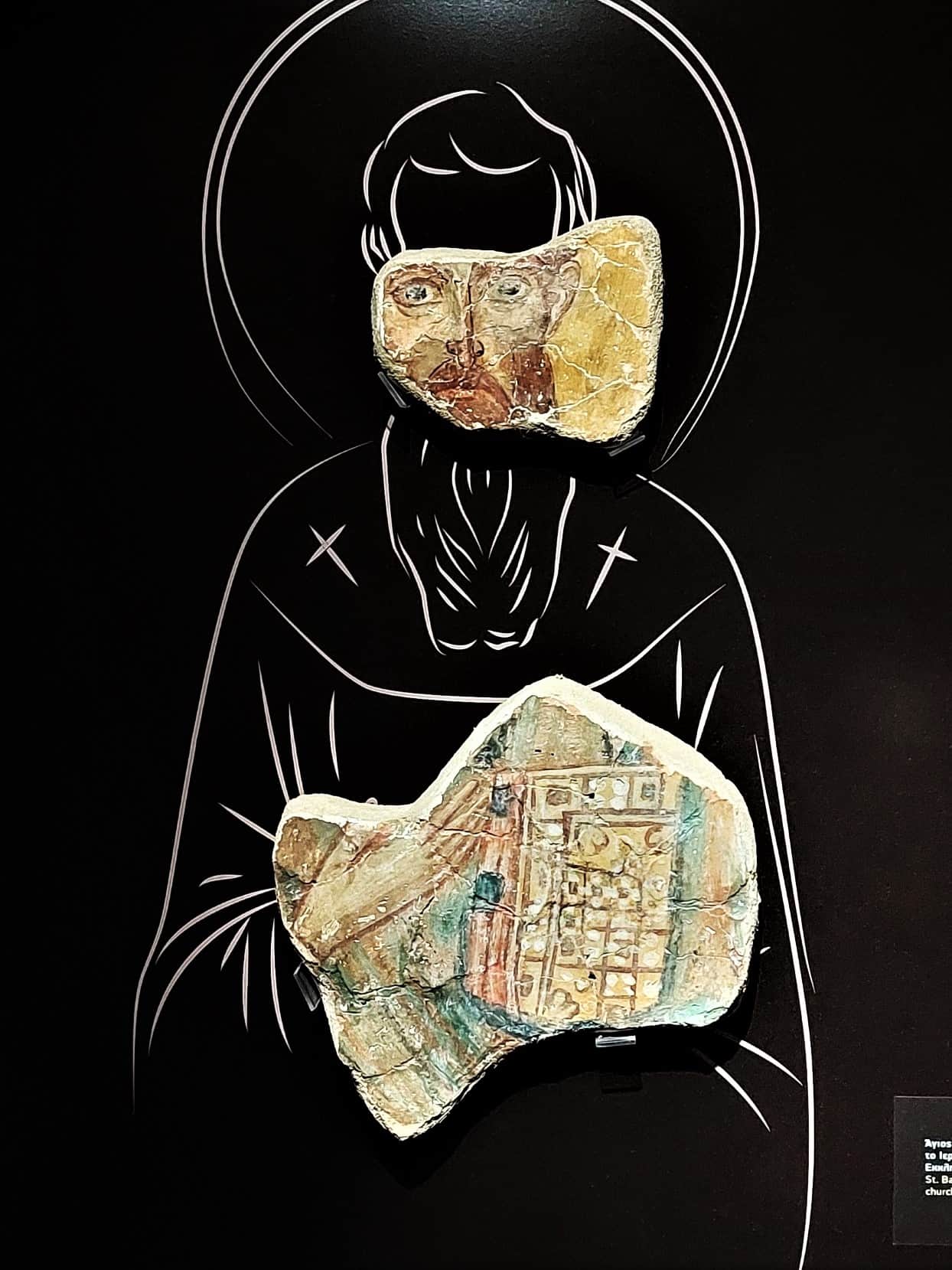
WATCH THE SUNSET AT LARISSA CASTLE
First settled and fortified in the 13th century BCE by the Mycenaean civilization, Larissa hill has played an integral part in the military history of the region.
Ideally positioned to exert control over the terrestrial, as well as maritime trade routes linking the Peloponnese with Attica and the Aegean islands, the eponymous castle changed hands countless times throughout the ages, before falling into disrepair following the Greek War for Independence.
The Romans, Frankish crusaders, Byzantine builders, as well as Ottoman and Venetian engineers, all left their distinct mark on its battlements and ramparts that are still visible to the inquisitive eye today!
The castle is also the perfect spot for stunning views over the Argolic Gulf or a cheeky sunset beer!
Opening hours | around the clock
Entrance fee | free
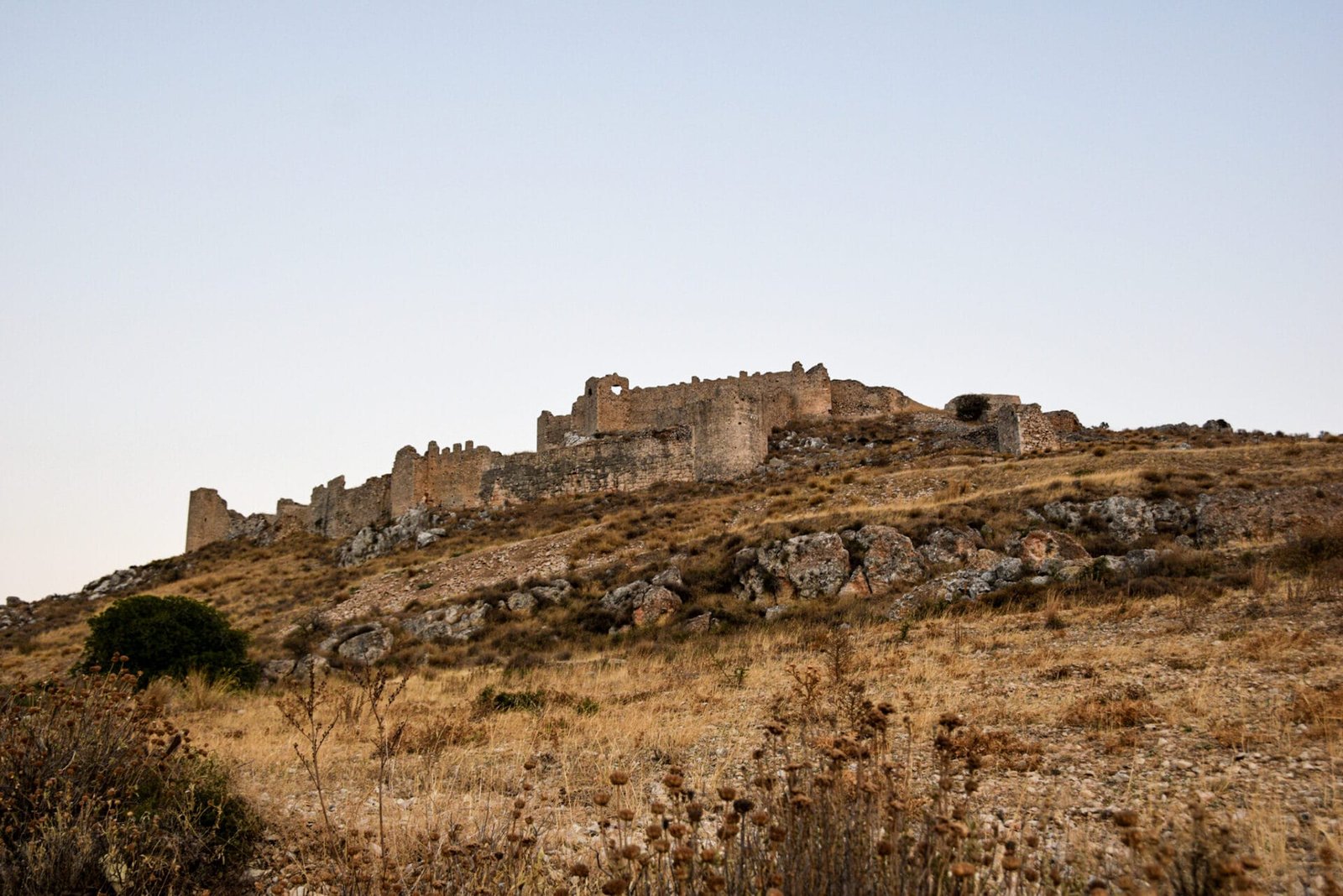
LEARN ABOUT THE FIRST "GREEKS" IN MYCENAE AND TIRYNS
Bye the time the sun slowly started to set upon the Minoan realms, a new power emerged on the Greek mainland. Growing rich on trade and commerce, her kings relished in luxurious palaces shielded by monolithic walls, and buried their kin in giant underground tombs filled to the brim with the riches of their earthly exploits.
For 500 years, these proto-Greeks established themselves as the dominant civilization in the Aegean and continental Greece, before vanishing in the cataclysmic events of the Bronze Age collapse that ravaged the Mediterranean world at the end of the 2nd millennium BCE.
Thousands of years later, this ancient people became known as Mycenaeans or the Mycenaean civilization, named after their most magnificent city, Mycenae.
Today, the striking remnants of Mycenae and neighbouring Tiryns allow a fleeting glimpse into this mythical time in Greek history.
FIND OUT MORE | Remnants of the Mycenaean civilization

SAUNTER THROUGH NÁFPLIO
Elegant and chic, many a visitor considers Náfplio to be Greece’s most beautiful town. Though this might be a bold claim, considering the seemingly infinite number of picturesque villages and quaint settlements the country is blessed with, it is undeniable that Náfplio possesses quite a unique charm among the Greek cities due to her longstanding association with the Republic of Venice.
Sold to La Serenissima by French crusaders in 1388, the Venetians invested heavily to incorporate the port in their maritime realm and to strengthen their influence on the Peloponnese. Even after the city fell to Ottoman troops in 1540 and stayed in Turkish hands for two and a half centuries, she remained distinctively Italian. While a single mosque reminds visitors of Náfplio’s Muslim past, the winged Lion of St. Mark is ubiquitous.
If it wasn’t for the restaurant menus written in Greek script and the obligatory flag of the Hellenic Republic, you may as well imagine yourself on the Italian peninsula instead.
Whether you are interested in Náfplio’s Venetian military legacy (forts of Palamidi and Acronauplia), the Greek War for Independence (War Museum), folk costumes from the 19th and 20th century (Peloponnesian Folklore Foundation Museum), crave some delicious sea food, or simply want to saunter through narrow cobblestone streets lined by colourful buildings, Náfplio certainly has you covered!
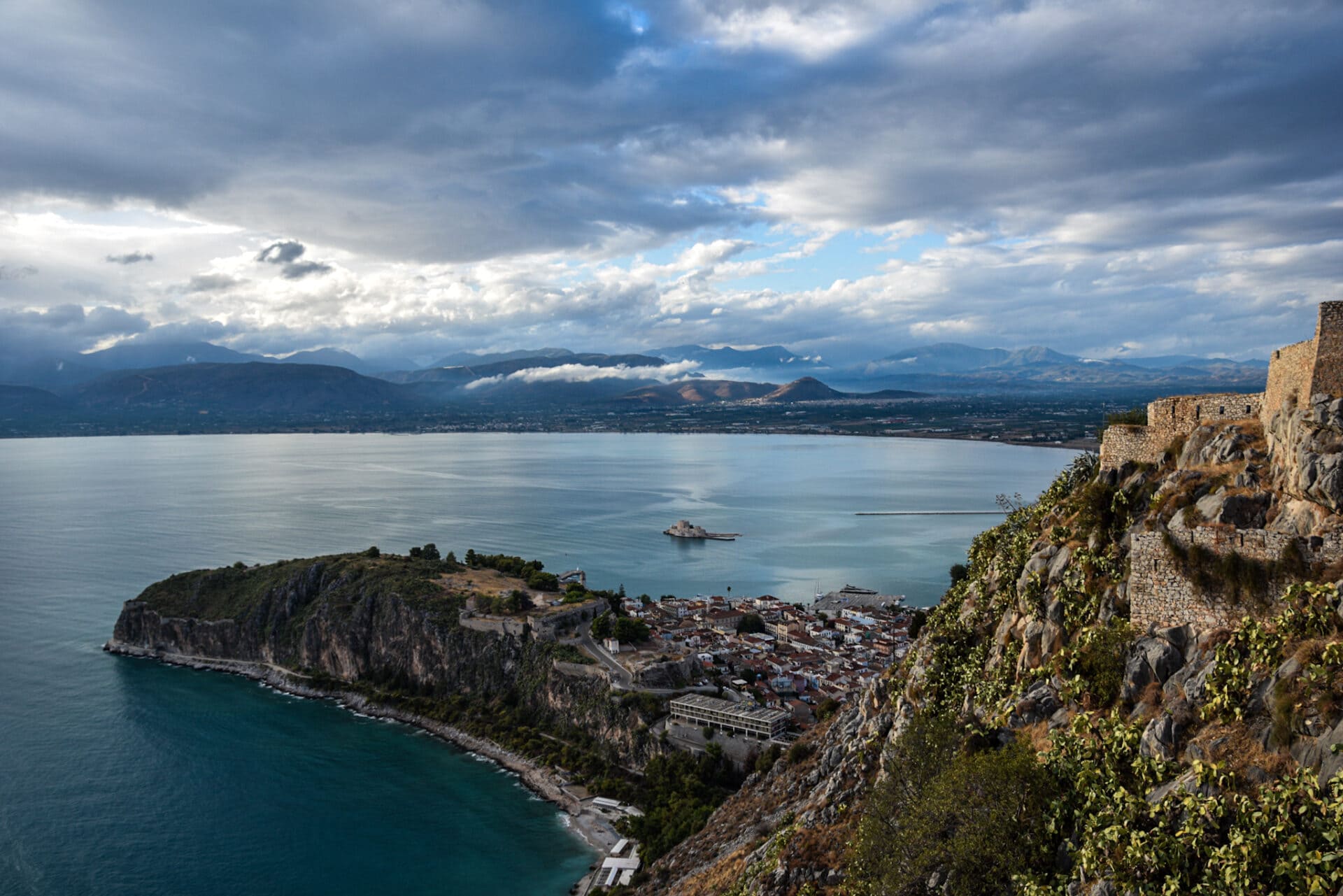
EXPLORE BYZANTINE MONASTERIES AND CHURCHES
When Christianity finally captured the Roman mind, heralding the end of her hidden existence and establishing herself as the new dominant faith within the empire, there arose the need for new places of worship.
While laics in the thousands soon traded their dim cellars for the lofty halls of the basilica, the most devout practitioners, eager to fully devote their lifes to God, longed for places far removed from the world’s vices. Today, the large number of churches and monasteries that grace the plains and hills of the Peloponnese stand testament to the crucial role the region played in the advent of Christendom.
In Argos alone, eight basilicas of the early Byzantine period have been excavated.
Equally, numerous active monasteries still surround the city, including Agion Anargiron (pictured below), Agia Marine, and Panagia, and are easily accessible from the city centre by foot.
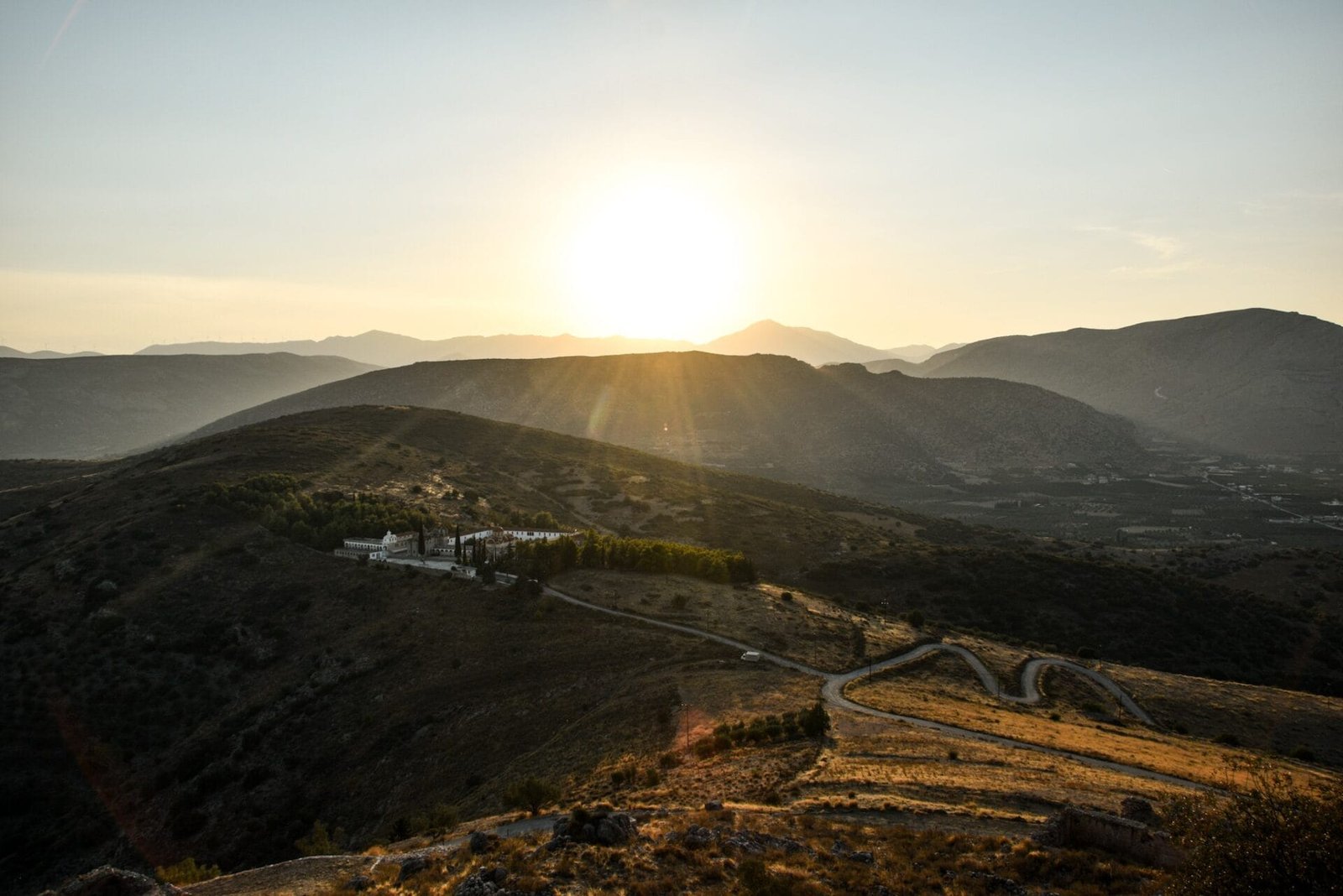
WHERE TO NEXT?
For more content consider following me on Instagram.
Heading to Greece soon? Here are some wonderful inspirations to stir your wanderlust:
MYSTRAS | BYZANTIUMS LAST CAPITAL
ERECTED BY CYCLOPES | REMNANTS OF THE MYCENAEAN CIVILIZATION
